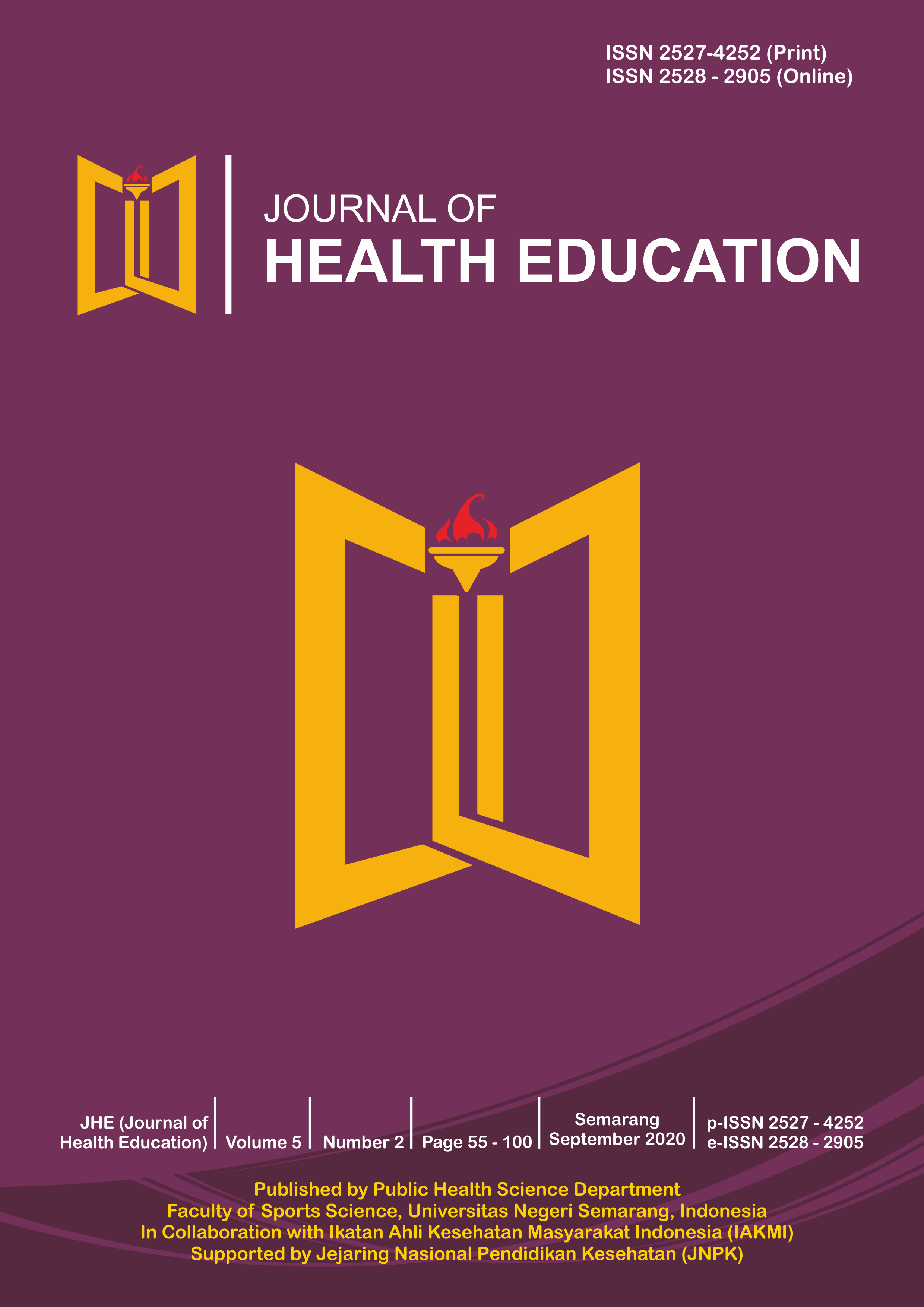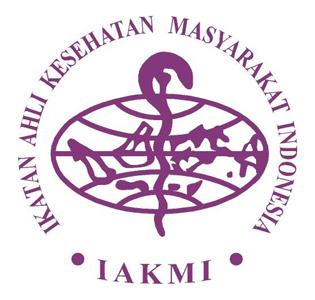Implementation of Integrated Village NCD Prevention Post (Posbindu) in Senior High School
Abstract
Background: Posbindu PTM s a form of community participation in carrying out activities of early detection and monitoring of PTM risk factors as well as follow-up with the target of healthy people, risk communities and communities with PTM aged from 15 years and over. The existing problems indicate that the implementation of Posbindu PTM was still rare in people aged 15-18 years, while the risk factors for PTM occur when they were 15 years old, such as the smoking behavior that often occurs in students of SMAN 3 Cibinong.
Methods: The research method was descriptive qualitative. Data collection was carried out by in-depth interviews, observations, documentation studies, and FGDs. There were 8 informants in this study, namely the School Principal, UKS Trustee, Sie. PTM District Health Office of Bogor, and peer tutors.
Result: The first input component was the HR variable, there were limitations in HR performance, the second was financing variables are following with the theory, and the third was policy variables have no specific health policies in SMAN 3 Cibinong and the Posbindu PTM policy in the District Health Office Bogor was still in the process of planning, and the forth variables of infrastructure were following with the theory. The first process component was registration/recording variables have never been done, the second is PTM risk factor interview variables have never been done, the third is measurement variables have never been done, the forth is examination variables have never been done, and the fifth is variable counseling/education has done but not related to PTM.
Conclusion: Then the output/evaluation of the input and process components shows that the implementation of Posbindu PTM in SMAN 3 Cibinong is not optimal because some elements of the input components and processes are still not implemented or need to be followed upon.






